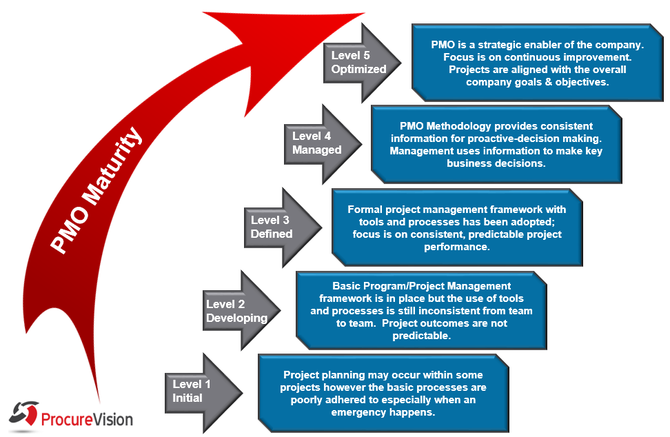 In the previous blog in this series, we showed how to align the IT Vision with Business Strategy and objectives. The next step in developing IT Strategy is to understand how current capabilities stack up against the IT Vision, i.e. perform a capabilities gap analysis. Performing the capabilities gap analysis involves a few key steps:
These few steps will ensure that the full extent of the gaps in IT capabilities is known. This is one of the most important steps and it is critical to perform this activity with complete impartiality and without bias so as to unearth the true nature of the gaps. In summary, IT strategy needs to be aligned with business drivers and objectives to be effective. While understanding the business context is the first step in the development of IT Strategy, the next step is to do a gap analysis between the capabilities that are required to fulfill the IT Vision and the current state of IT capabilities. The next step to frame the IT Strategy will be explored in the next blog in this series. How do you go about assessing your IT capabilities?
0 Comments
 IT personnel are very familiar with computer rooms, data centers, call centers and network operations centers (NOCs). However, typically only a few IT personnel are charged with the responsibility of actually selecting or assessing such a facility. This may become necessary due to company growth, acquisition of another company or to ensure that a provider’s facility is adequate to provide services to their customers. Following a thoughtful approach to performing a site assessment will minimize the risks of having mission-critical systems operate out of a sub-standard facility. In order to perform a thorough, quality assessment of a technical facility, there are a few key things to consider: 1. Prepare for Site Visits
 The success of an organization often lies with whether or not you have the right people in the right roles at the right time. According to Harvard Business Review, 88% of organizations with more than 100 employees, rely on assessment tools for external hiring. These assessments can measure competency, work ethic, personality, situational behavior and more recently added - emotional intelligence. But how often is an employee assessed post hire? Ideally, an employee will continue to grow and move within an organization and therefore the attributes that were assessed at hiring, may not be the attributes that are needed most for the current role being performed. In leadership roles, additional areas of measurement can be based on demonstrating leadership qualities, adherence to an organization’s core values, presentation skills, project management and stakeholder management. We break down our employee assessment objectives into four categories and review the performance against them twice a year with each employee.
Each category of objectives has a different weight depending on the role of the employee. For example, a client facing employee has a higher client category weighting in comparison to an internal employee that has a higher internal category weighting. We believe that there is not a one size fits all approach to performance management, which is why we developed a performance assessment structure that is consistent but adjusts to fit the role of the employee, where they are today. Ensuring your employees fully understand and agree with the expectations that you have for them as they grow and move within the organization is vital to enabling the overall organization’s success. With clear objectives, all parts of your organization will be working towards the same goals based on the attributes that matter to your organization and culture. What process does your organization use to assess an individual’s performance?
There are significant benefits to periodically assessing the maturity of your PMO and no shortage of maturity matrices to compare yourself to. Our PMO Maturity Matrix features five levels: Initial, Developing, Defined, Managed and Optimized. When determining the maturity of a PMO we look specifically at four main areas: Project/Program Governance, People, Processes and Tools.
Once you have determined what level of maturity your PMO is performing at, you may identify areas or aspects that are lagging – for instance you may be collecting standard project data monthly onto a paper template, but would benefit by developing a database to collect project data and metrics so all have access and can compare projects on-line, real-time. Or maybe you identify areas that can mature to the next level, for instance you have an IT PMO but the entire organizations’ projects could benefit from its structure and methodology! Work with your PMO, project governance team and project managers to determine which efforts would benefit your organization the most and prioritize the efforts creating a roadmap for near-term, mid-term and long-term accomplishments. Most organizations never get to the highest level of PMO maturity; the effort and cost to get there outweighs the benefits to some. Either way, a review of your PMO’s maturity will give you insights into what is working well and what could benefit from improvement. A Roadmap can help your organization keep its eye on the ball and reap the rewards of an increasingly mature PMO. Does your organization periodically assess the maturity of your PMO? Do you have a PMO Roadmap for continuous improvement?
|
ABOUTProcureVision, LLC is a management consulting company that enables our client's business success through the optimization of their people, process and technology. We provide creative, customized and completely implementable solutions. Archives
April 2018
Categories
All
|







 RSS Feed
RSS Feed